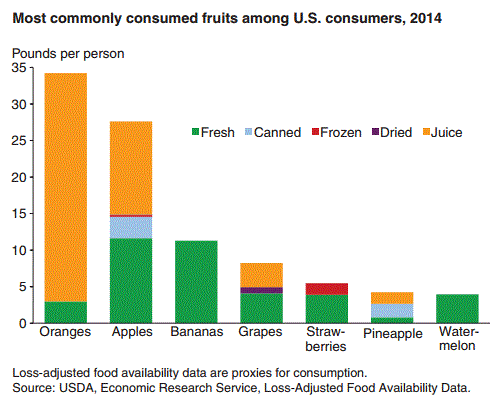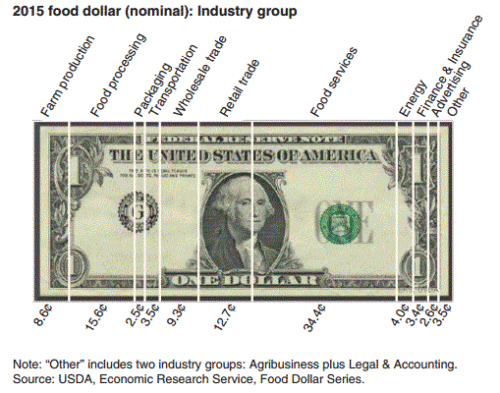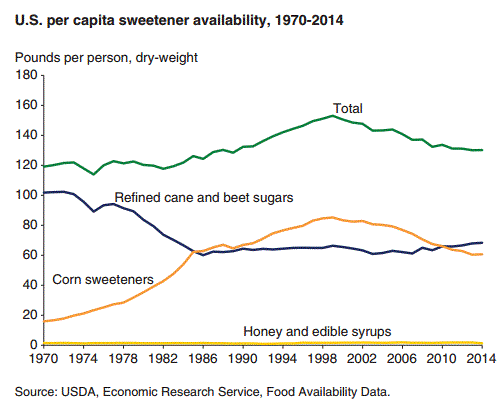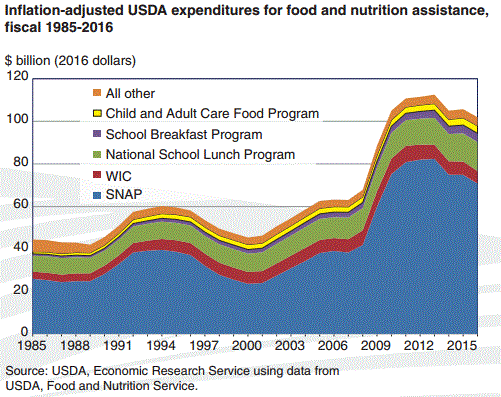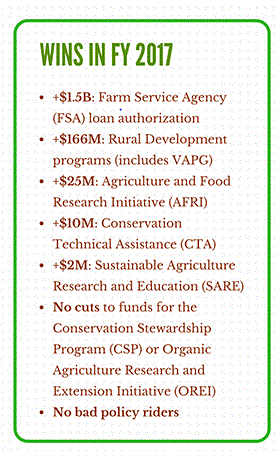Let’s help protect and strengthen our favorite USDA agencies
I’m indebted to Jerry Hagstrom’s Hagstrom Report for letting me know about USDA’s new reorganization plan.
We get to file comments on the reorganization.
Now is our chance to tell this administration how important USDA agencies are and why they need to be strengthened.
Reading through the list makes me realize how many of USDA’s agencies do work that I admire and use frequently.
Reform? Yes!
Ask for more resources for all of them!
Research
- Agricultural Research Service
- Economic Research Service
- National Agricultural Library
- National Agriculture Statistics Service
Education
- Center for Nutrition Policy and Promotion
Food assistance and school meals
- Food and Nutrition Service
Food safety
- Food Safety and Inspection Service
Here are the relevant documents. Let’s look at this as an opportunity to protect and strengthen these critically important agencies.
- USDA — Reforming USDA
- White House — Reorganizing the Executive Branch –We Need Your Input
- USDA — Report to Congress: Proposed 2017 Reorganization of USDA
- Secretary’s letter to Senate Agriculture Committee
- Secretary’s Memorandum: Advancing U.S. Agricultural Trade and Improving Service to Agricultural Producers
- Video: Secretary Perdue Announces Creation of Undersecretary for Trade and USDA Reorganization
- The Wall Street Journal — “Farmers Know the Benefits of Trade” column by Sonny Perdue
Addition: A reader writes: “Meanwhile in Iowa the legislature voted to eliminate the Leopold Center for Sustainable Agriculture at Iowa State University. Governor Bransted did a line item veto and saved it sort of. Looks like it can live on in name only. And the top scientist at the USDA probably won’t be a scientist.”


